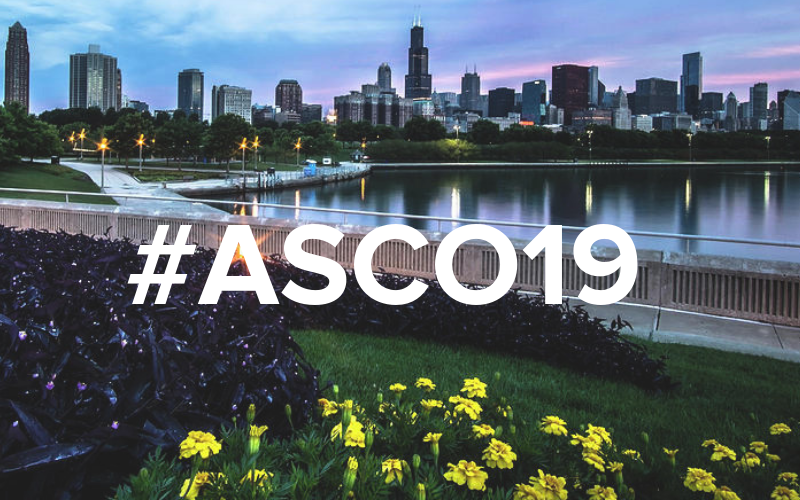Baxter is a Fortune 500 medical device and healthcare company and one of the world’s largest manufacturers of home dialysis machines. Today, Baxter must ship 900 pounds of dialysis solution to every patient each month. Last year Baxter posted three opportunities on Halo all centered around answering this question:
How might patients make their own dialysis solution from tap water?
From several dozen proposals to a list of ten finalists, Baxter is now funding three research projects out of UCLA, Arizona State and UNSW Sydney. Meet the investigators behind these proposals, learn more about their research and see what caught the attention of Baxter’s scientists

Understanding the heterogeneous composition of chemicals and natural organic matter in water
Dr. Paul Westerhoff is a Regents Professor in the School of Sustainable Engineering and Deputy Director of NEWT at Arizona State University. In 2019 he was awarded the Clarke Prize by the National Water Research Institute for outstanding achievement in water science and technology . View Halo Profile >>
Tell us about your research
Our lab investigates chemicals and nanomaterials in environments, what risks they pose to human or ecosystem health, and how we can mitigate those risks with water treatment technologies. For risks associated with drinking water, we employ both new and existing technologies that are suitable for municipal scale, point-of-use and point-of-entry treatment processes. A key focus of ours is understanding the heterogeneous composition of chemicals, natural organic matter and chemicals in water.
A key focus of ours is understanding the heterogeneous composition of chemicals, natural organic matter and chemicals in water.
At the $40M National Science Foundation Nanosystems Engineering Research Center (NEWT), where I serve as Deputy Director, we are pioneering research into drinking and industrial water treatment technologies that leverage the broad electromagnetic spectrum and novel nanoscale mechanisms to design macro-scale water treatment devices.
What are some of the real-world applications of your work?
Our fundamental research in natural organic matter (NOM) characterization and reactivity is widely-used to understand advanced oxidation and formation of disinfection by-products in drinking water. Our techniques to quantify spectral properties of NOM are also widely-used to understand sources and transformations of NOM in the environment.
Our research into the characterization of engineered nanomaterials in food, water and consumer products has helped inform realistic exposure assessments for people and ecosystems.
We have developed large data systems and GIS-based models that reveal spatial and temporal patterns in wastewater impacts on rivers and drinking water sources. This is used to predict compounds of emerging concern (CEC) that should be a priori simulated. Our early research on efficiency of CEC removal by drinking water processes has been applied to reduce risks of planned and unplanned wastewater reuse.

Merging electrochemical phenomena with membrane separations
Dr. David Jassby is Associate Professor of Civil and Environmental Engineering at UCLA. He is the recipient of a $2M grant from the U.S. Department of Energy to improve energy efficiency in membrane distillation (MD) systems. View Halo Profile >>
Tell us about your research
Our lab is working on the development of advanced materials for water treatment with an emphasis on materials that enable the merging of electrochemical phenomena with membrane separations. This includes carbon nanotube/polymer composites that combine the electrical conductivity of carbon nanotubes with the selectivity of the polymers used to cross-link them.
These materials can be used to desalinate seawater, treat wastewater, and extract valuable resources (such as metals, fertilizers, and other chemicals) from different waste streams. By applying an electrical potential to these membranes, we can drive redox reactions, generate heat, and induce electrophoretic and electrostatic forces that can have a profound impact on the surrounding water.
By applying an electrical potential to these membranes, we can drive redox reactions, generate heat, and induce electrophoretic and electrostatic forces that can have a profound impact on the surrounding water.
We use advanced characterization tools to gain molecular- and atomic-level understanding of the materials and reactions taking place at the membrane/water interface. In addition, we develop computational models to help us understand our experimental results and extrapolate them to larger systems.
What are some of the real-world applications of your work?
We use our membranes to solve problems associated with water treatment and resource recovery. For example, the growth of bacteria on surfaces, a phenomenon known as biofouling, is a problem across multiple industries, including in membrane-based water treatment. These bacteria block the flow of water through the membrane, and can lead to rapid system failure. By applying low cathodic potentials to a membrane, we can prevent bacteria from attaching to the membrane surface, and if we apply anodic potentials we can kill the bacteria (and viruses) in the water.
By applying low cathodic potentials to a membrane, we can prevent bacteria from attaching to the membrane surface, and if we apply anodic potentials we can kill the bacteria (and viruses) in the water.
Another example is the extraction of valuable resources from waste streams. Wastewater is rich in nutrients such as nitrogen and phosphorous, which are typically lost during the conventional wastewater treatment process. By inducing electrochemical redox reactions at the membrane/water interface, we can convert these nutrients to easily extractable chemicals, such as ammonia, which is whisked away through the membrane and can be reused for fertilizer.

Selectively controlling the flux of single ions in water and gas atoms
Dr. Rakesh Joshi is a Senior Lecturer in the School of Materials Science and Engineering at UNSW Sydney. Prior to joining UNSW, he was a Marie Curie International Fellow with Nobel Laureate Sir Andre Geim at the University of Manchester. View Halo Profile >>
Tell us about the research
Membrane technology has already changed the world and still has potential to innovate a manifold of technologies. Applications range from energy storage and water splitting to desalination and dialysis. We are focused on developing membranes from stacked 2D materials, particularly Graphene Oxide (GO), made of stacked one-atom thin layers.
We are focused on developing membranes from stacked 2D materials, especially Graphene Oxide (GO), made of stacked one-atom thin layers, which have fascinating new science and applications.
Cheap and easy to produce, the atomic-sized pores in GO membranes can selectively control the flux of single ions in water or gas atoms.

My team of materials scientists, chemical engineers, and solid-state physicists contribute a deep understanding of atomic-scale properties, which have allowed us to fine-tune the macroscopic behaviour of our GO membranes.
What are some of the real-world applications of your work?
We always keep the real-world applications in focus to find direct applications of new fundamental knowledge. For example, one of our projects involves purifying water using the filtration of natural organic matter (NOMs), an unsolved and central economic problem for water plants across the world.
In addition to water purification, our membranes have shown potential in water adsorption and gas separation. By separating methane and CO2, for example, we can make use of biogas produced by water plants, which is typically discarded. We are also exploring the use of graphene oxide as a desiccant material. Early indications suggest our graphene-based desiccant outperforms silica gel in some desiccant applications. Lastly, we are collaborating with a tire manufacturer to extract methane from used tires for graphene production.








